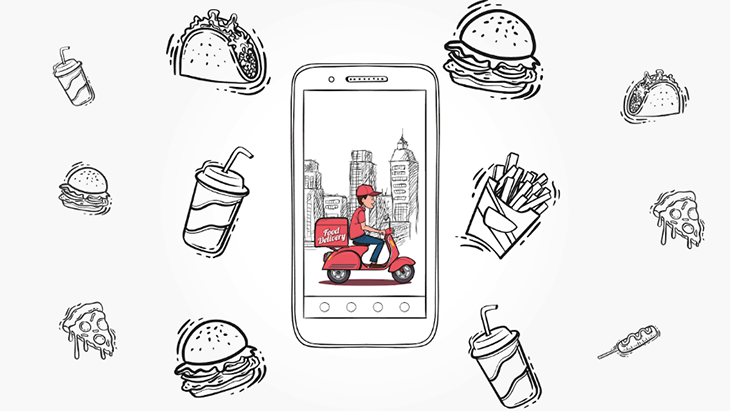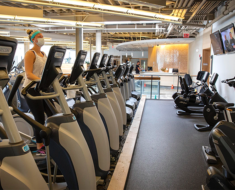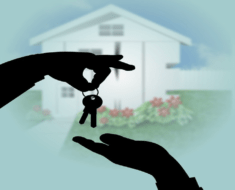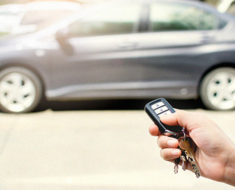Delivery apps have become increasingly popular in recent years, changing the way we order and receive goods. From food delivery to grocery delivery and courier services, these apps have transformed the on-demand service industry, making it more convenient and accessible for users worldwide.
The delivery app development requires careful consideration of features, functionalities, and design that will appeal to users and differentiate the app from competitors. A successful delivery app should have a user-friendly interface, a smooth checkout process, and efficient delivery services.

The Definition Of Delivery App
A delivery app is a mobile application that allows customers to order goods or services online and have them delivered to their doorstep. Here’s how delivery apps generally work:
1. Customers download the app: Customers can download the delivery app from the app store on their smartphone.
2. Registration: Once downloaded, customers need to register with the app by providing their basic details such as name, address, phone number, and email.
3. Browse products/services: Customers can then browse through the products or services available on the app and select what they want to order.
4. Place the order: Customers can then place the order, select the delivery address, and choose the payment method.
5. Delivery tracking: Once the order is placed, customers can track the delivery status in real-time and receive notifications on their smartphone when the delivery is on its way or has been completed.
Must-Have Features Of A Delivery App
Some of the must-have features of a delivery app include:
- User-friendly interface
The app must have an easy-to-use interface that allows customers to navigate and place orders quickly and efficiently.
- Personalized user experience
The app should allow customers to save their preferences and order history, making it easy for them to reorder items they frequently purchase.
- Real-time tracking
The app should allow customers to track the delivery status of their orders in real-time, including estimated delivery time and delivery driver details.
- Multiple payment options
The app should offer multiple payment options, including credit/debit card, net banking, and mobile wallets.
- Customer support
The app should provide robust customer support, including an FAQ section, live chat, and email support.
- Ratings and reviews
The app should allow customers to rate and review products, services, and delivery drivers, which can help improve the quality of the app and increase customer loyalty.
- Security
The app should have robust security features, including data encryption, two-factor authentication, and secure payment processing, to ensure the safety of customer data and transactions.
Profit Of Delivery App Development
Investing in delivery app development can be profitable for several reasons:
- Increasing demand: With the rise of e-commerce and the increasing popularity of online shopping, the demand for delivery services has skyrocketed. People are increasingly turning to online delivery services for everything from groceries to restaurant meals. This increasing demand creates an opportunity for businesses to develop delivery apps and capture a share of the market.
- Convenience: Delivery apps offer customers the convenience of ordering goods and services from the comfort of their own homes. This convenience factor is a major driver of customer loyalty and can lead to repeat business.
- Cost savings: Delivery apps can help businesses save on overhead costs associated with traditional brick-and-mortar operations. By eliminating the need for physical storefronts and reducing the need for staff, businesses can lower their operational costs and increase their profit margins.
- Scalability: Delivery apps are highly scalable and can be easily expanded to new markets and geographies. This scalability allows businesses to capture new customers and increase their revenue streams.
- Competitive advantage: Developing a delivery app can give businesses a competitive advantage over their rivals. By offering a more convenient and efficient service, businesses can attract more customers and retain existing ones.
Overall, investing in delivery app development can be a smart move for businesses looking to capitalize on the growing demand for delivery services and gain a competitive edge in the marketplace.
Could A Delivery App Be Better?
Here are some extra features that can make a delivery app more advanced and user-friendly:
- In-app chat or calling feature. This feature enables customers to chat or call the delivery driver directly from the app, making it easier to communicate about the delivery status or address.
- Integration with social media. Integrating the app with social media platforms like Facebook, Instagram, or Twitter can help businesses expand their reach and promote their products to a wider audience.
- Push notifications. The app can send push notifications to customers about order updates, promotional offers, and discounts.
- Loyalty program. A loyalty program can encourage customers to keep coming back by rewarding them with points, discounts, or exclusive deals.
- Augmented reality (AR) technology. AR technology can allow customers to visualize the products they are ordering in their homes before making the purchase, enhancing the user experience.
- Integration with smart devices. Integration with smart devices like Alexa, Google Home, or Apple HomePod can make it easier for customers to place orders using voice commands.
- Multi-language support. The app can support multiple languages, catering to customers who prefer to use the app in their native language.
These additional features can make the delivery app more user-friendly, enhance the user experience, and differentiate the app from competitors.
Top Delivery Apps On The Market
Here are the top 5 delivery apps, based on their popularity and market share:
1. Uber Eats is a food delivery app that allows users to order from a wide range of restaurants and cuisines.
2. DoorDash is a food delivery app that connects customers with local restaurants and offers delivery services in over 4,000 cities across the United States, Canada, and Australia.
3. Grubhub is a food delivery app that offers food delivery and pickup services from over 300,000 restaurants in more than 4,000 cities across the United States.
4. Postmates is a delivery app that offers delivery services for a wide range of products, including groceries, alcohol, and restaurant meals.
5. Instacart is a grocery delivery app that connects customers with local grocery stores and offers same-day delivery services.
These delivery apps have gained popularity due to their wide range of offerings, user-friendly interfaces, and efficient delivery services.

Cost Of Delivery App Development
The cost of developing a delivery app can vary based on several factors. Here are some of the factors that can influence the cost of delivery app development:
- App complexity
The complexity of the app’s features, functionalities, and design can significantly impact the development cost. A more complex app with advanced features and a custom design will require more time and resources to develop, thus increasing the development cost.
- Platform
The platform on which the app is developed can also impact the cost. Developing an app for iOS and Android requires different coding languages, which can affect the development cost.
- Development team
The size and experience level of the development team can impact the cost. Hiring experienced developers with a track record of delivering high-quality apps will cost more than hiring a less experienced team.
- Third-party integrations
Integrating third-party services or APIs, such as payment gateways or mapping services, can increase the development cost.
- Maintenance and updates
Maintenance and updates are an ongoing cost for any app. App owners must ensure that the app is updated regularly, bugs are fixed, and new features are added, which can impact the long-term cost of delivery app development.
- Testing
Testing the app to ensure its quality and functionality can add to the cost of delivery app development.
- Marketing
Marketing and promoting the app to attract users and gain visibility in the app market can also add to the overall cost of app development.
Overall, the cost of developing a delivery app will depend on several factors, and it’s essential to work with an experienced development team to determine a realistic budget for the project.
In Conclusion
Delivery apps have become increasingly popular in recent years due to their convenience and ease of use. These apps offer users a wide range of services, from food delivery to grocery delivery and even courier services. A successful delivery app development requires careful consideration of the features, functionalities, and design that will appeal to users and differentiate the app from competitors. Additional features such as in-app chat, loyalty programs, and integration with social media platforms can enhance the user experience and attract more users. However, developing a delivery app can be a costly and time-consuming process, and it’s essential to work with an experienced development team to ensure the app’s success. Overall, delivery apps have revolutionized the way we order and receive goods, and they will continue to play a significant role in the future of e-commerce and on-demand services.









































